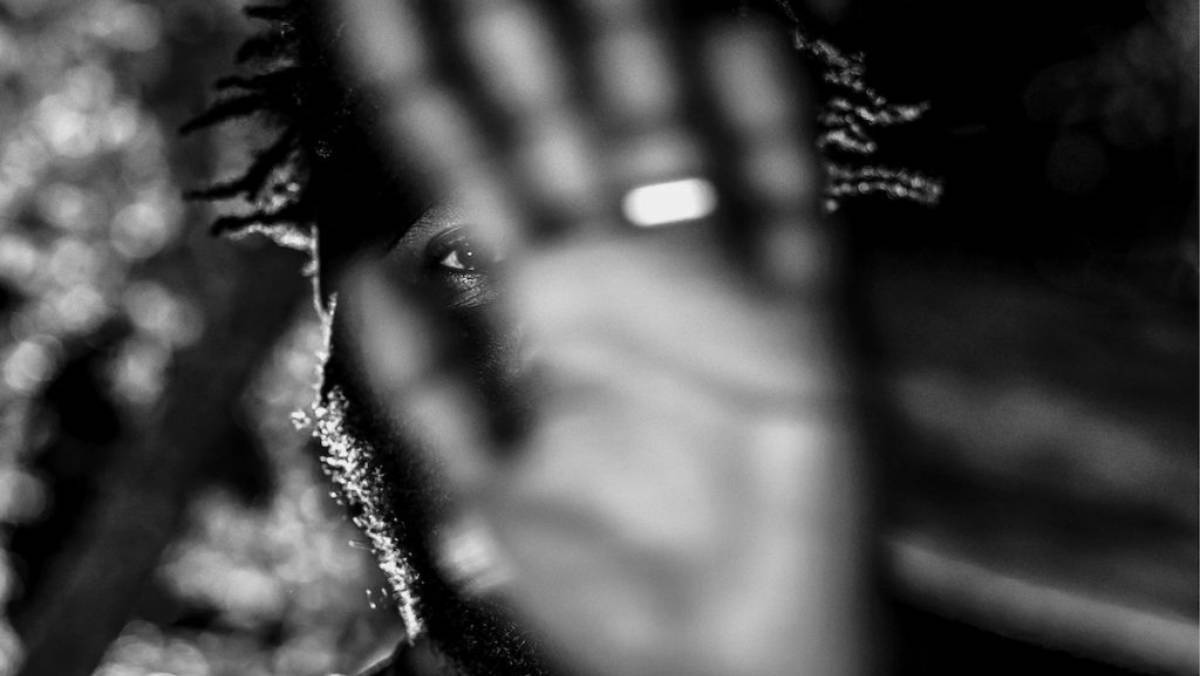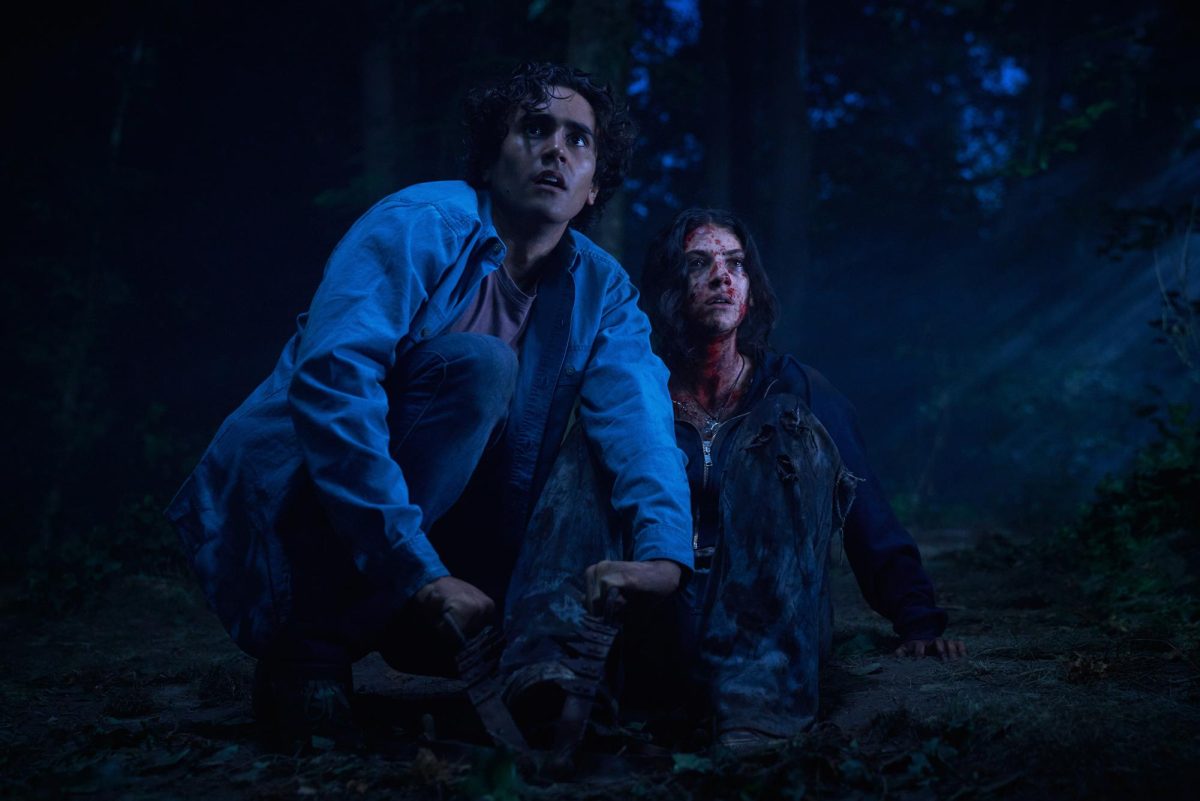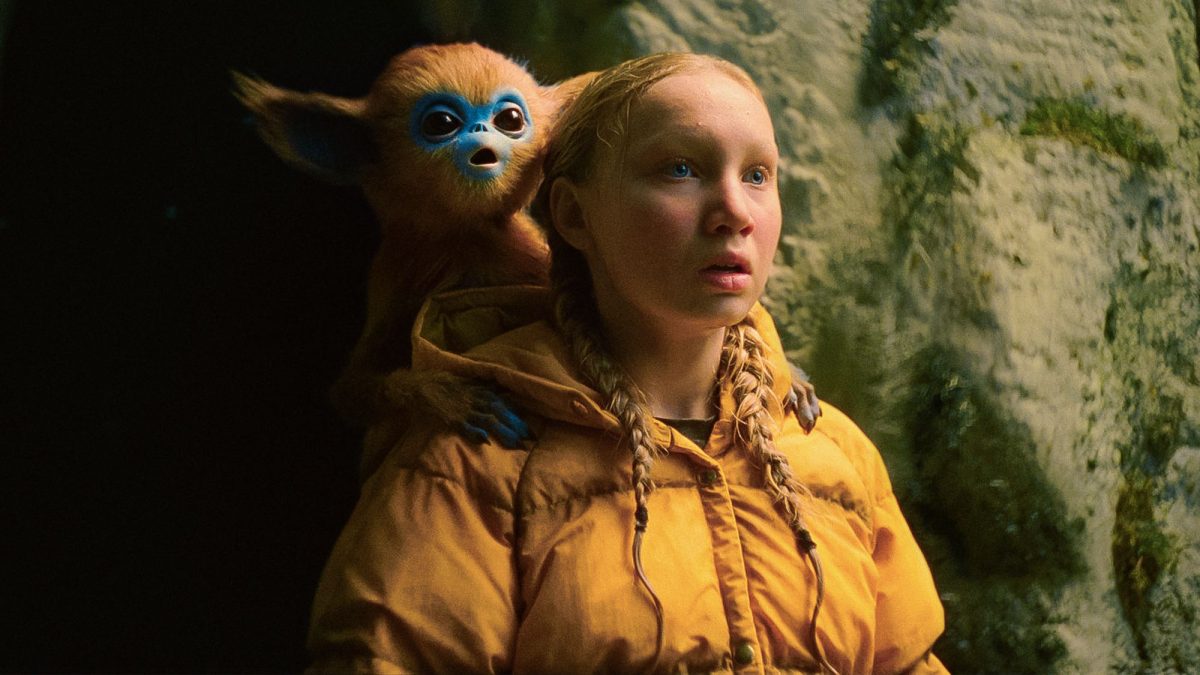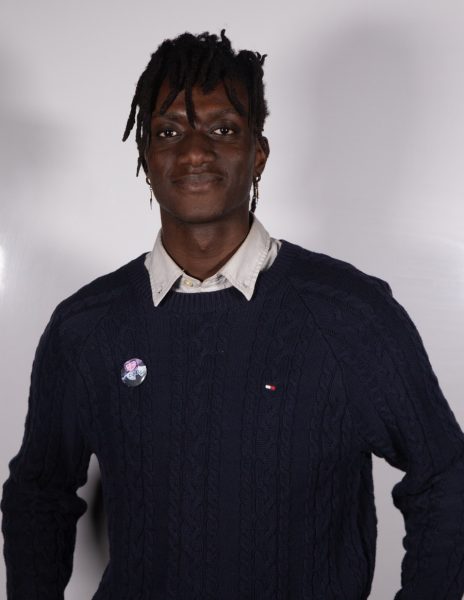3.5 out of 5.0 stars
Texas native, guitarist and singer Gary Clark Jr., who established himself as an up-and-coming electric blues artist in 2012 with his debut album “Blak and Blu,” returns to the music scene with his album “JPEG RAW,” which dropped March 22. Previous to this album, Clark Jr. released “This Land,” which came out back in 2019.
“JPEG RAW” is a mix of soul, jazz and rock that shows Clark Jr. is continuing to experiment with his style in fun and inventive ways. The album features artists like Valerie June, Stevie Wonder and Keyon Harrold. The 12-track album jumps from genre to genre with Clark Jr. showcasing his talent and versatility as a music artist, falling short in cohesiveness but providing a little bit of everything he has to offer for fans to enjoy.
The album starts off with four rock-centered songs that all carry an upbeat energy with his guitar taking a lead throughout. Out of the group of songs, “JPEG RAW” and “This Is Who We Are” show Clark Jr. diving into a more rock feel incorporating the masterful solos and riffs he gained popularity for. In “JPEG RAW,” Clark Jr. is joined by a smooth and quick tempo jazz accompaniment to go along with his hard-hitting rock riffs. “This Is Who We Are” finishes out the rock-centric songs of the first four and drops the jazz influence for synths and a choir-like chorus while still leaving room for classic rock solos.
Clark Jr. transitions to the sweeter, soul-heavy “What About The Children,” joining Stevie Wonder in a duet. The lyrics of the song ask the listener to consider less fortunate children and how they dream of better lives, with Clark Jr. and Wonder riffing off the refrain, “What about the children / playin’ in the street / dreaming of that good life.”
As Clark Jr. has grown as an artist, he has been known to speak about social issues and protests through his songs — he mentions similar issues in his song “Feed the Babies” on his album “This Land.” Clark Jr. continues to make a statement while pushing for positivity in “Hyperwave,” creating imagery of catching waves under the sun while wearing sunglasses and bringing his shredding solos back to the forefront.
The song introduces a more psychedelic aspect to the album in its waxing and waning guitar riffs that invite listeners to join the hyperwave. The album concludes with “Habits,” where Clark Jr. becomes introspective and wishes for his lover to return. In the nine–minute song, Clark Jr. pours his emotions into the lyrics, “I’ve had good days and I’ve had bad / I wouldn’t trade it for the time that we’ve had / white lies oh white lies / Bright smiles turn to cryin’ eyes.” In the latter half of the song, Clark Jr. ends the album in a harmonious mix of instrumentation that seems to well up as his solo continues to ring out.
The album provides an eclectic mix of several genres but at times, is not as seamless as it could be. Each song respectively provides an interesting and enjoyable experience with Clark Jr. touting his emotion-filled guitar playing throughout. Though as a whole, the album switches genres and tempos in somewhat jarring ways. While this does not detract from the quality of the songs or the fusion of genres within each song, the album feels as though if the songs were ordered differently it would sound like a more succinct album.





















